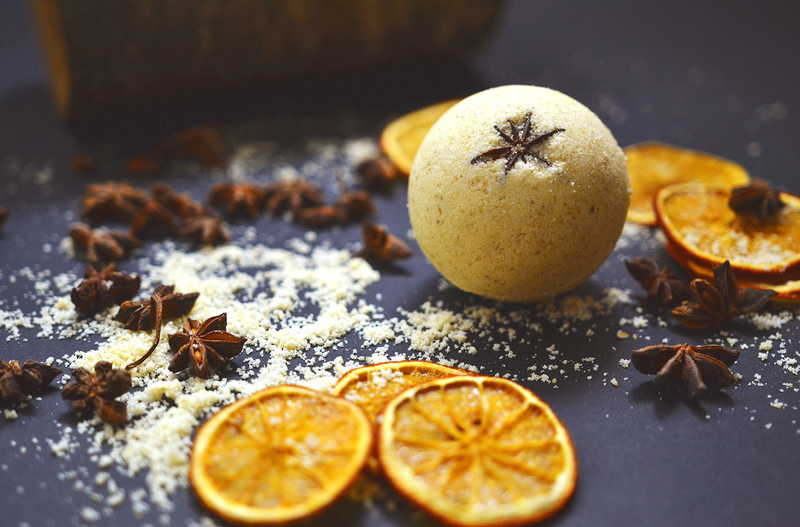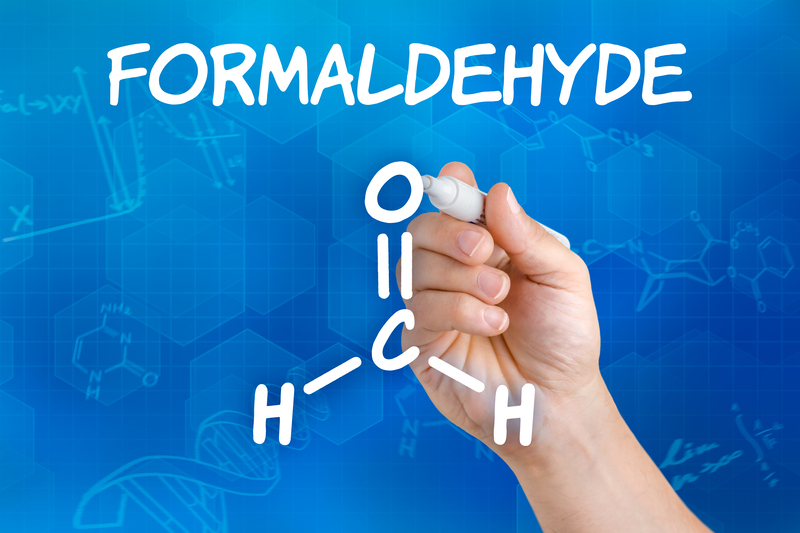Ditch the Grime: How to Effortlessly Clean Burnt Stovetop Residue
Posted on 19/05/2025
Ditch the Grime: How to Effortlessly Clean Burnt Stovetop Residue
Are you constantly battling stubborn, burnt residue on your stovetop after cooking up a delicious meal? You're not alone! Over time, even the most careful cooks can end up with a grimy, burnt stovetop that seems impossible to clean. But don't fret--you can ditch the grime for good. This comprehensive, seo-optimized article will walk you step by step through the fastest and easiest ways to clean burnt residues from any type of stovetop. Say goodbye to scorched stains and hello to a sparkling kitchen!

Why Bother With Burnt Stovetop Residue?
Burnt-on stains and old food residues are not only unsightly; they can become a breeding ground for bacteria, create unpleasant odors, and even impact the efficiency of your burners. Cleaning your stovetop regularly ensures a hygienic cooking environment, prevents lasting damage, and keeps your kitchen looking its best. Plus, a pristine stovetop means less stress and more pride in your culinary space!
Understanding Your Stovetop: Types & Cleaning Challenges
Before diving into removal techniques, you need to identify your stovetop type:
- Gas Stovetops: Feature grates and removable burners prone to baked-on spills.
- Electric Coil Stovetops: Coils can collect thick grime under drip pans.
- Glass or Ceramic Stovetops: Smooth surfaces can easily scorch and are prone to scratching if not cleaned properly.
Each requires a slightly different approach. Using the wrong method or tools can scratch, discolor, or damage your appliance, so always check for manufacturer guidelines and proceed accordingly.
The Essential Tools for Tackling Burnt Residue
To make the job easier, gather these cleaning supplies before starting:
- Baking Soda
- White Vinegar
- Dish Soap (preferably grease-fighting)
- Non-scratch scrubbers or sponges
- Microfiber cloths
- Plastic scraper or old credit card (avoid metal blades for glass cooktops!)
- Optional: Commercial stovetop cleaners
- Rubber gloves for sensitive skin
Don't forget:
- Patience and a little elbow grease go a long way!
How to Clean Burnt-On Stovetop Grime: Step-by-Step Instructions
Step 1: Preparation--Safety First!
Turn off and unplug your appliance. Wait until the surface is cool to prevent burns. For gas stoves, remove grates and burners. For electric coil tops, gently remove the coils if possible.
Lay down an old towel next to the stovetop to catch drips and provide a safe workspace.
Step 2: Basic Wipe-Down
Mix a few drops of dish soap with warm water. Dampen a microfiber cloth, wring out excess water, then wipe the surface. This step will remove loose crumbs and oily film.
Step 3: Create a Deep-Clean Paste
For caked-on residue and burnt food stains, combine the following:
- 3 tablespoons baking soda
- 1 tablespoon water (add more if needed to make a paste)
Slather the paste over the stubborn spots. For especially tough stains, add a splash of vinegar to the paste for extra fizzing power. Let it sit for 15-20 minutes.
Step 4: Gently Scrub--Don't Scratch!
Use a non-abrasive sponge or a soft-bristle brush to scrub the surface. Move in circular motions, focusing on the burnt points. For glass or ceramic tops, never use steel wool or harsh abrasives, as these will scratch and dull the finish.
If residue remains, carefully use a plastic scraper: hold it at a 30-45-degree angle and work gently under the burnt patches.
Step 5: Rinse and Buff
Wipe down the entire surface with a clean, damp microfiber cloth to remove all traces of baking soda and loosened gunk. Buff the stovetop dry with a dry microfiber cloth to leave it gleaming.
Specialized Tips for Every Stovetop Type
For Gas Stovetops
- Saturate grates and burner caps in a sink filled with hot, soapy water for 20 minutes.
- For stubborn grease, sprinkle baking soda directly on the grates and gently scrub.
- Rinse and thoroughly dry before reassembling.
For Electric Coil Stovetops
- Remove coils (if possible) and clean the drip pans underneath with the baking soda paste method.
- Wipe the coils with a damp cloth--never immerse them in water.
- Ensure everything is completely dry before plugging back in.
For Glass & Ceramic Stovetops
- Use only non-scratch scrubbers and plastic/silicone tools.
- Spritz the surface with vinegar after cleaning for extra shine.
- Buff with a microfiber towel for a streak-free finish.
Natural Methods to Remove Burnt Stovetop Residue
Prefer green cleaning methods? Here are some eco-friendly ways to clean burnt stovetop stains:
- Lemon Juice: Its acidity breaks down grease and leaves a fresh scent.
- Baking Soda & Vinegar: This classic combo lifts burnt food while deodorizing!
- Salt: Sprinkle on new spills for extra abrasiveness without scratching.
For the toughest messes, lay a hot, damp towel over the stain for 15 minutes to loosen residue before scrubbing.
Quick Fixes for Emergency Cleanups
- Magic Erasers: Works well for tough marks--just apply gentle pressure!
- Commercial degreasers: Choose one labeled as safe for your stovetop type.
- Boiling water: Pour (carefully) over burnt residues to soften them before cleaning.
How to Prevent Burnt Stovetop Grime in the First Place
An ounce of prevention is worth a pound of cure! Keep your cooktop looking brand new with these simple habits:
- Wipe spills immediately with a damp cloth while the stovetop is still warm (but not hot!).
- Deep-clean weekly to prevent buildup.
- Use splatter guards and keep pot rims clean to limit overflows.
- Check cookware size: Use pots and pans that match burner dimensions to avoid spillage.
Frequently Asked Questions About Cleaning Burnt Stovetops
1. Can I use oven cleaner on stovetop stains?
Generally, no. Oven cleaners are often too harsh for stovetop surfaces, especially glass or ceramic, and can cause discoloration or damage. Stick to milder options like baking soda or commercial products labeled safe for your specific cooktop.
2. How often should I clean my stovetop?
Ideally, wipe down after each use and deep-clean once a week, or more frequently if you notice burnt food or grease building up.
3. What if stains won't come off at all?
Severe, longstanding burns can sometimes permanently discolor certain surfaces. If nothing works, consult your stovetop's manual or contact a professional cleaner before resorting to aggressive methods.
4. Will vinegar or baking soda scratch my stovetop?
No, both are non-abrasive. However, the scrubbing tool you choose makes the biggest difference--avoid anything tougher than a soft sponge or microfiber cloth for glass and ceramic.
The Stovetop Cleaning Mistakes to Avoid
Sidestep these common pitfalls for the fastest, safest grime-busting success:
- Never use a metal scraper or knife on glass/ceramic tops.
- Don't use bleach or strong alkalis--they can corrode your stovetop's protective coating.
- Never submerge electric elements or gas ignition parts--moisture can cause malfunctions.
- Don't skip reading your appliance's cleaning instructions first!

Your Sparkling, Burn-Free Stovetop Awaits!
With a handful of pantry staples and the right approach, ditching the grime and cleaning burnt stovetop residue is faster and easier than you think. By adopting a regular cleaning routine and using these effortless techniques, you'll extend the lifespan of your stovetop, make cooking a total joy, and ensure your kitchen shines every day.
Ready to enjoy a spotless stovetop? Try these tips today and experience the difference!
Key Takeaways: Effortless Burnt Stovetop Cleaning
- Act fast on spills and establish a regular cleanup schedule.
- Use a baking soda paste for most burnt residues, and vinegar for extra power.
- Custom-tailor your efforts based on your stovetop's design for best results.
- Never use harsh tools or chemicals that might damage your appliance.
Armed with these expert techniques, there's no reason gray, burnt-on stains have to ruin your kitchen. Ditch the grime with confidence! For even more cleaning hacks, keep exploring our site and share your own stovetop rescue tips with fellow readers.





